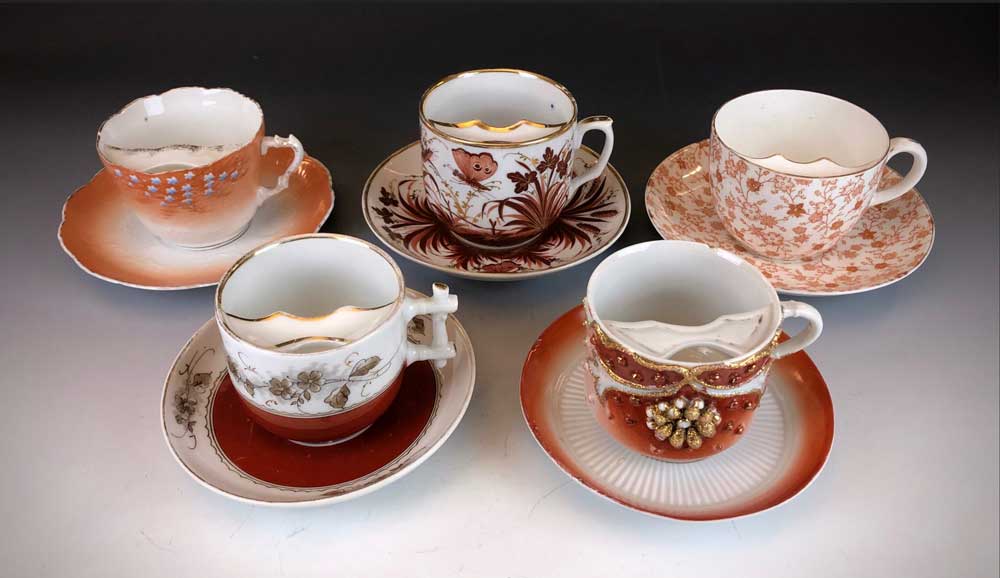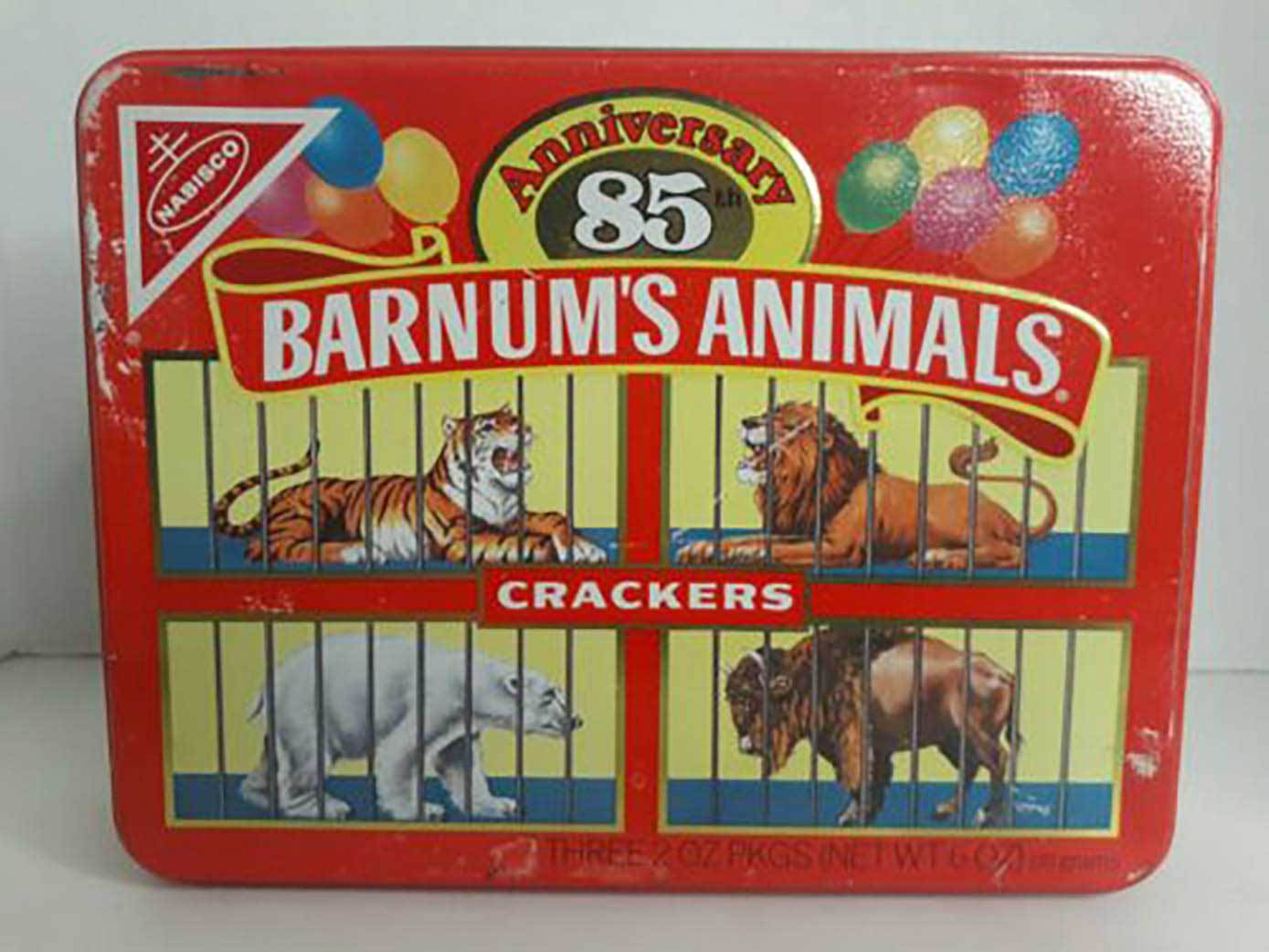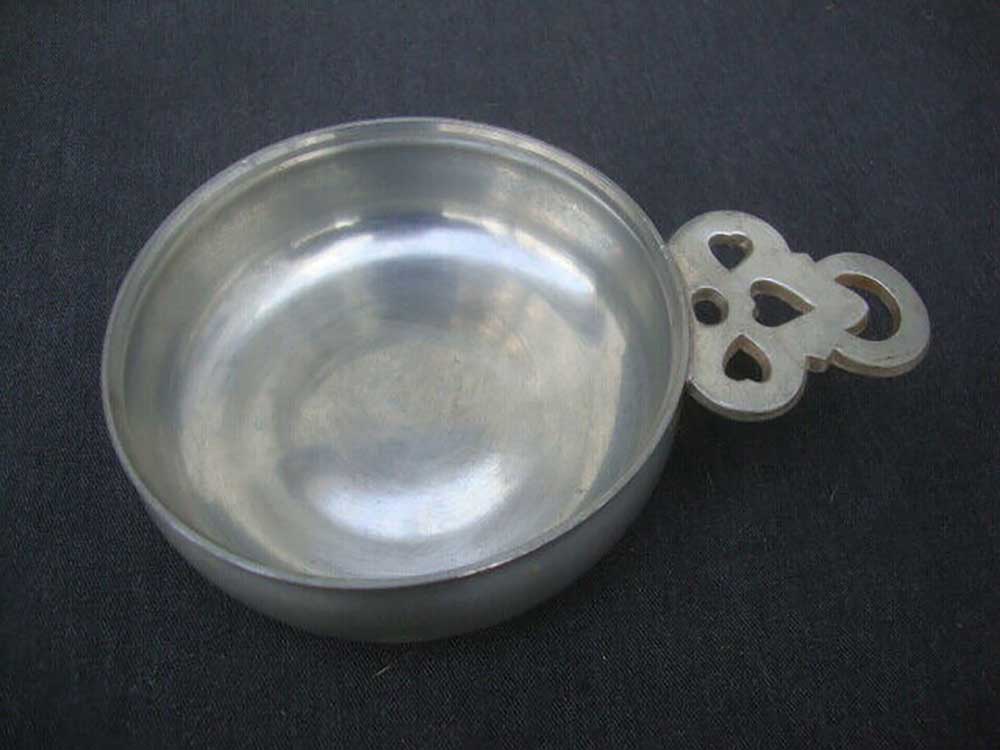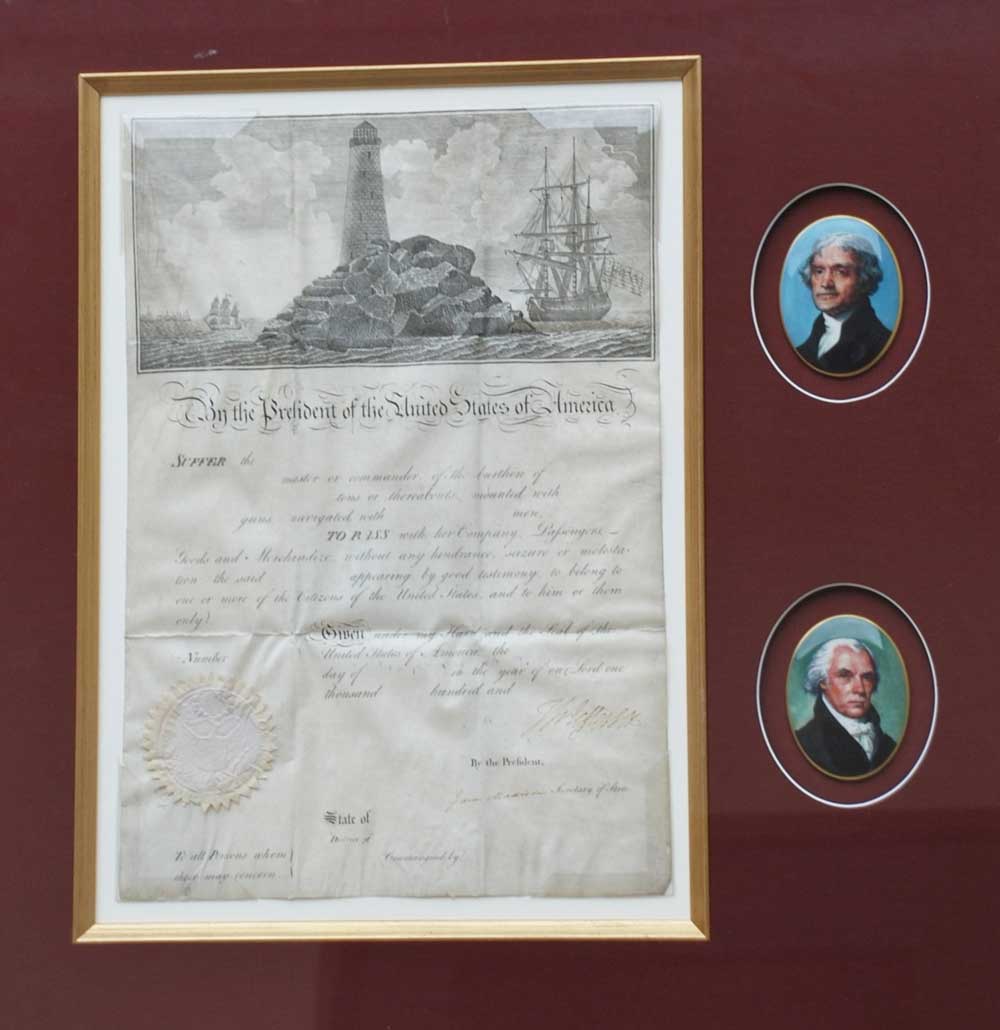Some surprising facts about early American folk art portrait artists
June 2022
ANTIQUE DETECTIVE
Some surprising facts about early American folk art portrait artists
by Anne Gilbert
The portraits done by American itinerant artists, known as “folk artists” or “naive” painters, can also be priced for thousands of dollars. They worked usually in the Northeast, moving from place to place. Many began their livelihood painting furniture and signs.
Folk art painters of the 18th and early 19th centuries created their own stylistic techniques that help identify many of their unsigned pieces.
Ammi Phillips (1788-1865), Wm. Matthew Prior (1806-1873), Horace Bundy (1814-1883), and Rufus Hathaway (1770-1822) are among the most important documented. Prior is of special interest since he was an abolitionist who also painted portraits of African-Americans. Hathaway was a physician. But what about Joshua Johnson (1763-1824)?
Johnson is one of the few documented African-American portrait folk artists in the late 18th to early 19th centuries. After he received his freedom, he was listed as a portrait painter or limner in Baltimore city directories beginning in 1796. Remaining examples are of white people. His painting of “The Westwood Children” is part of the National Gallery collection. Eighty-three of his paintings are recorded.
While many American women did folk art paintings at that time, their subjects were usually family and friends. They are mostly undocumented. An exception is Mary B. Tucker (1824-1898). She began doing watercolor profile portraits at age 16.
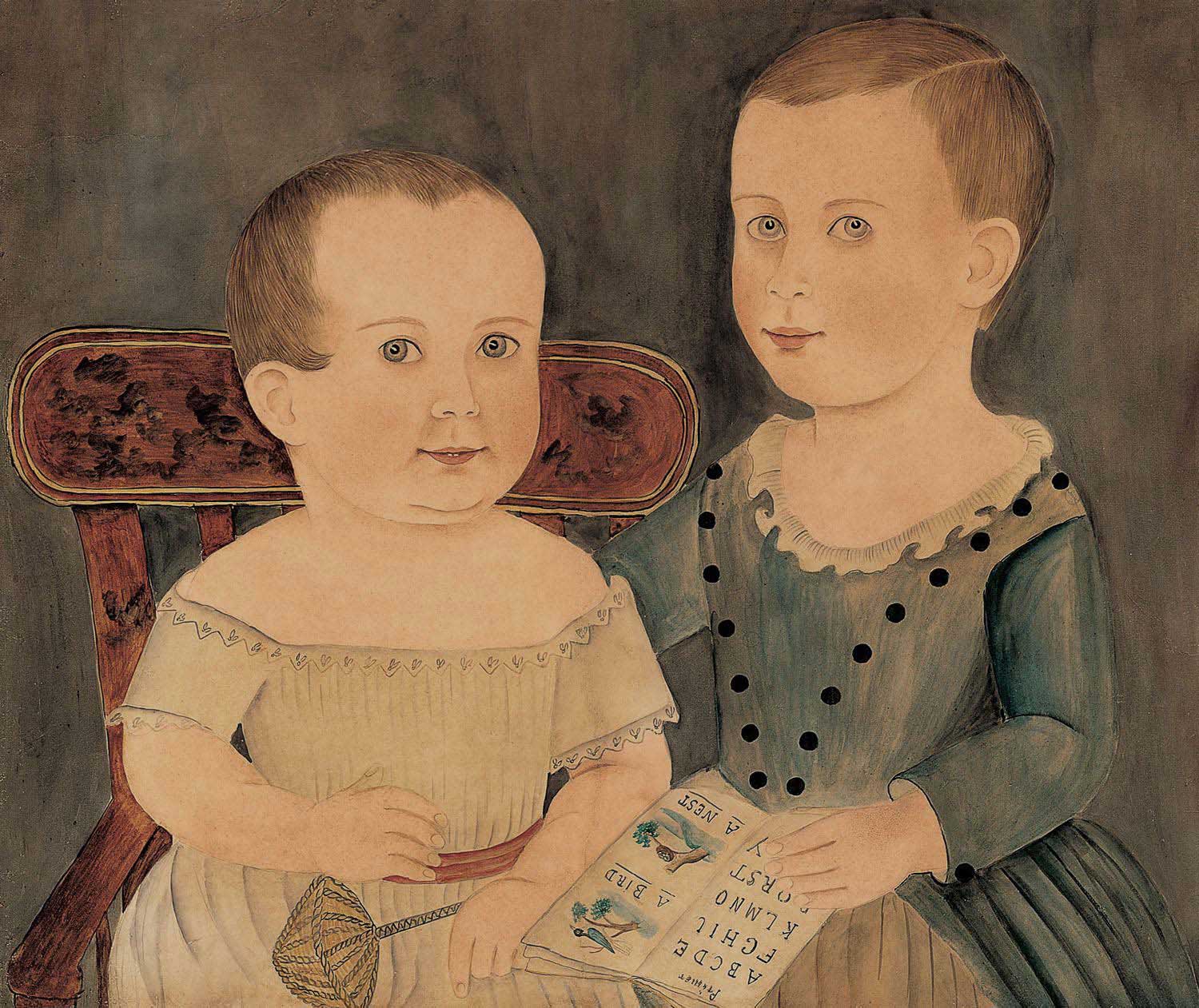
Learning the ABCs, graphite, and watercolour
CLUES:
Sometimes signatures were added to an old painting. Warts and crossed eyes were removed. Charming pets such as dogs and were added to increase the value. They still are being passed off as authentic. Get a certificate of authenticity before paying big bucks.
Prints of the most popular folk art portraits are bargain-priced — some as low as $25.
Artists are still working in the folk art style if you would like family portraits done in that style.
She has authored nine books on antiques, collectibles, and art and appeared on national TV.
She has done appraisals for museums and private individuals.


